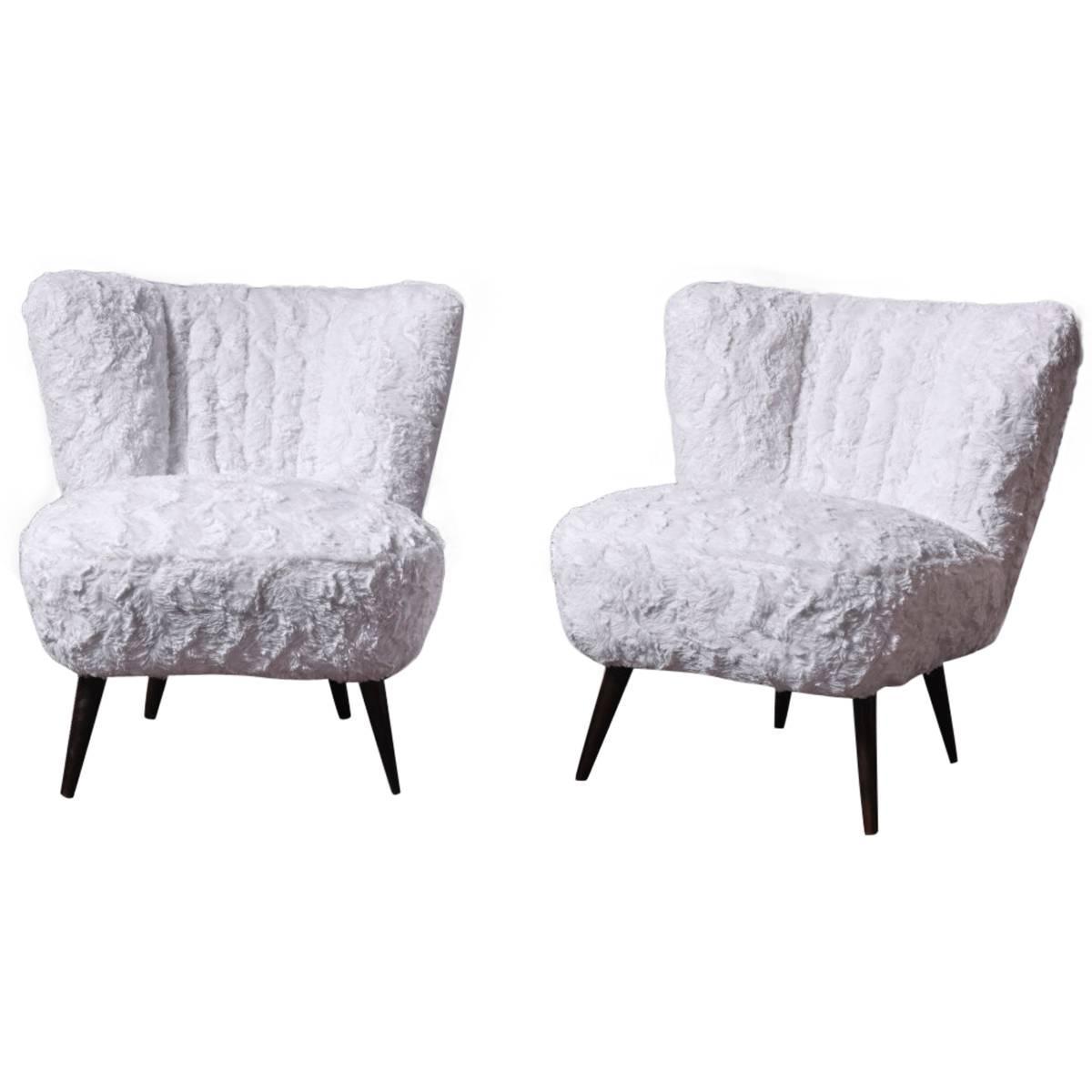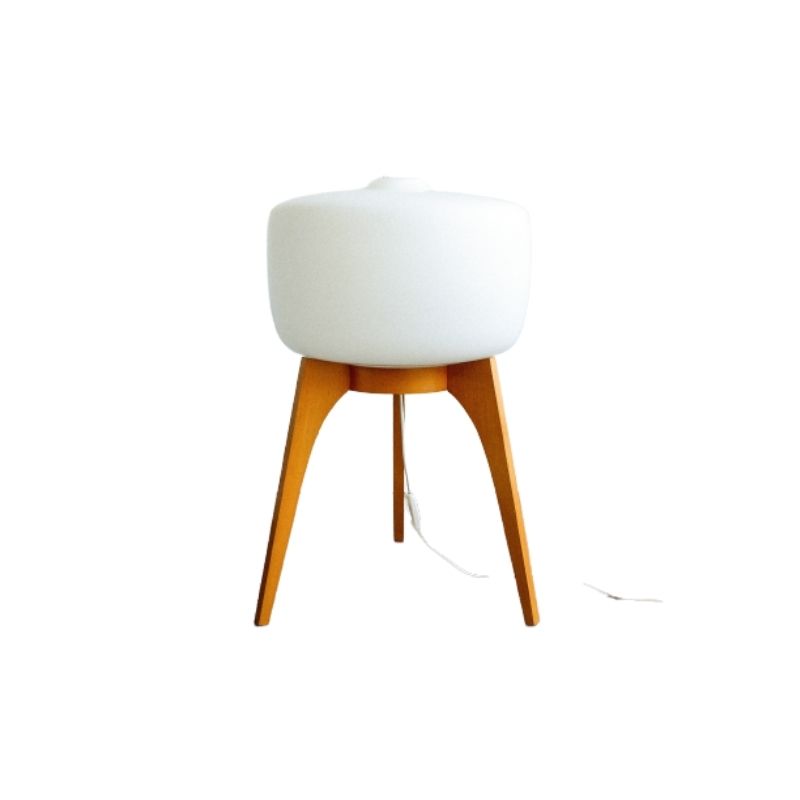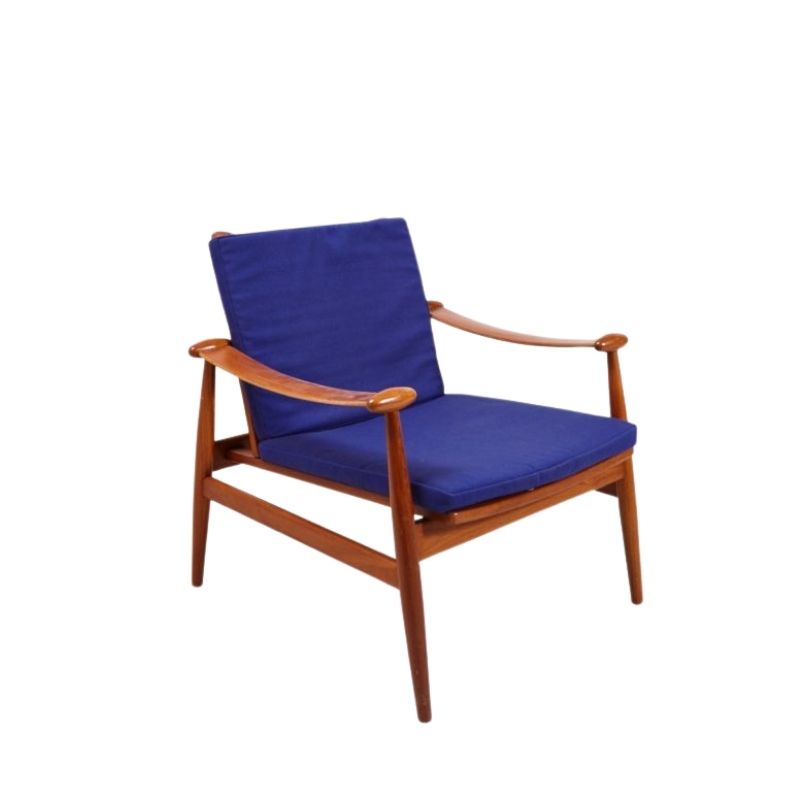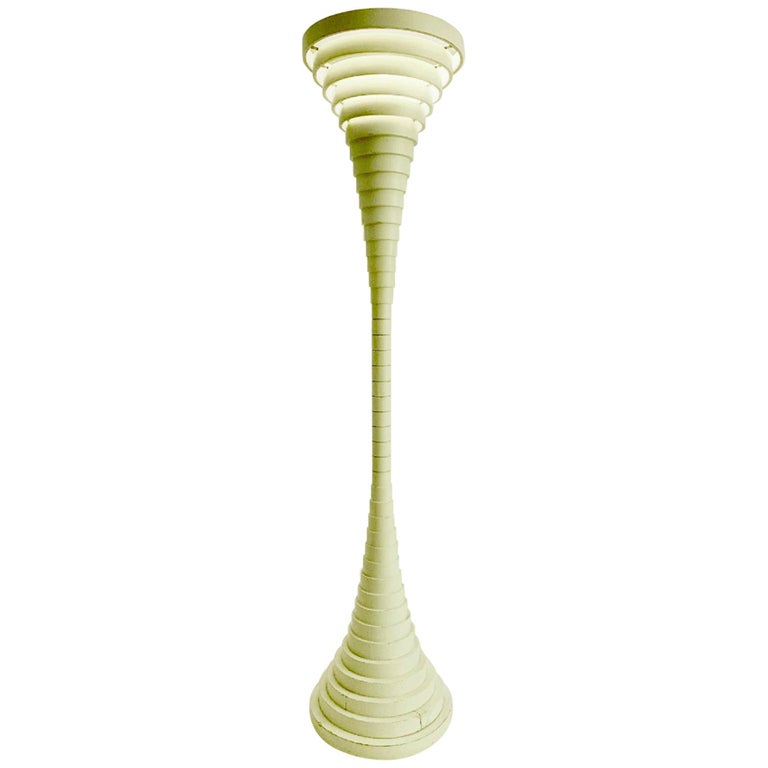Hi, all. I'm near the finishing stage of my current project, a sidewalk bench placed under a tree in an urban setting. The wood is mostly African mahogany -- don't know much about it, but it's pink, like maybe cherry, in the raw. I have a couple of sticks of nice hard Philippine mahog in the mix, too -- these pieces are almost not red at all; red-gray, maybe. I found by accident when cleaning up the other day that the shavings from the African make a nice red stain in the sink, when wetted. Now I wonder if I can make a stain using those shavings . . .
I've just put two sample batches to bed -- a quart of water in a gallon plastic jug is covering a heap of mahogany shavings. A 16-oz covered plastic container is half full of mineral spirits, again covering a like volume of shavings. In the morning I'll strain a bit of each and see if they might be used to alter the tone of my Philippine enough to help it "live together happily" with the redder African mahogany.
Oh, yes -- I plan to oil the pieces before assembling them on site. I've about settled on clear Watco Teak Oil, which is meant for indoor and outdoor use.
Any ideas, suggestions, or experience, anybody ?
Fascinating experiment. There are quite a few woods sold under the name "African Mahogany". I am curious which one you are using. I have a bunch of Khaya I am saving for a daybed project. So I am curious....
It sounds like the "extractives" are water soluble. So they should be carried into the Lauan and left there upon drying--to the degree that you can get the water to absorb. But if it is a mixture instead of a solution one would expect no more than a surface coating of powder at the end. Of course in both cases you will likely have some degree of powder left on the surface.
I would think that if there is an alcohol soluble colored extractive you would,have the best luck with that. It would basically be a constructive use of the oily tropical wood bleed phenomenon. (I just usually think of mahogany and its substitutes as not notably oily).
One thing I would be carful of is any iron. I wouldn't be surprised if there is a good bit of tannin in you sawdust tea, and that could have unintended consequences.
You could also create your own custom oil "tropical wood color bleed" say with some raw linseed oil and a touch of artist's oil pigment.
Thanks for that, Leif. I never got a message that you'd replied. Your ideas make perfect sense.
I tried both my samples and got very little result -- predictably. In the end, other matters seemed more pressing, and I simply used the teak oil on the two species, with the following result:
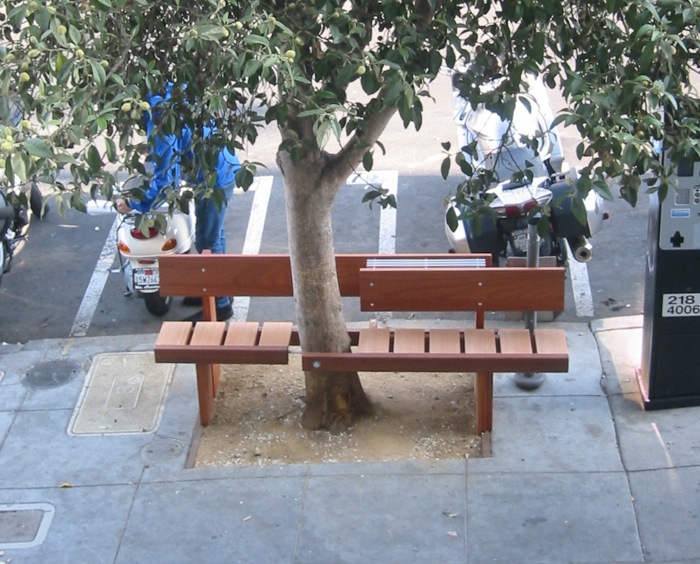
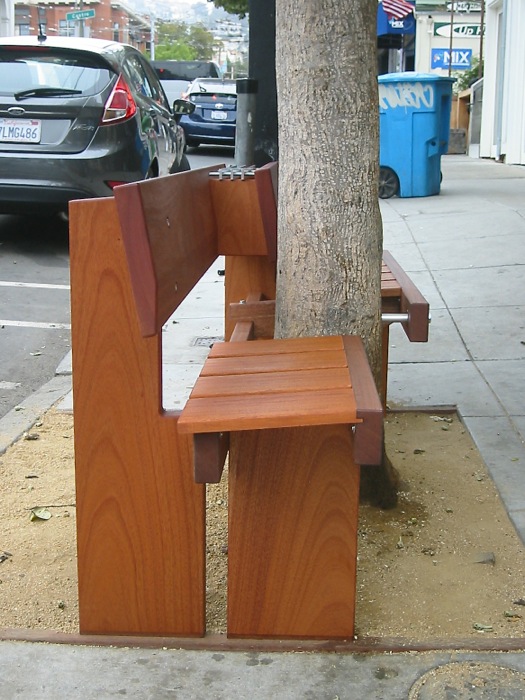
Thank you -- I'm quite pleased with it. There are really three kinds of wood: the African mahogany (I'll have to ask McBeath's where it came from) of the backs and legs; the vertical-grain ditto of the seat planks; and the Philippine 2x4 sticks -- the seat front ones of a darker color. Moreover, the first photo (the distant shot) was taken the day of the installation, when I hadn't yet decided what to do to the seat, so the planks are raw. I oiled them last night.
I noted that Watco cautions, as you do, against the use of steel wool for preparing the wood. Can you enlighten me as to what "teak oil" is made from ?
If you need any help, please contact us at – info@designaddict.com



